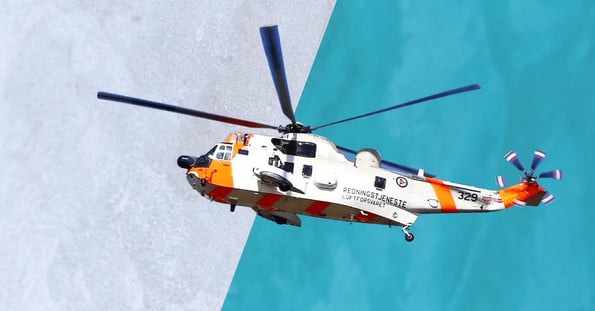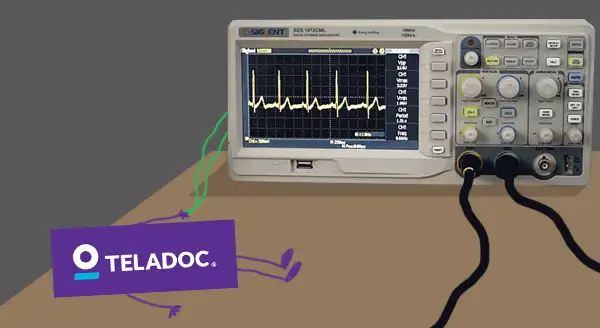Feeling old? You and the rest of humanity.

With the global geriatric population set to double to 2B+ by 2050, one industry prepares to double with it: air ambulances.
Market researchers identify US air ambulance services as a fast-growing sector, expected to rise 10.6% annually and reach $32.9B by 2030.
More medics will save lives…
… especially if there are more advancements in the sky with them. Want to see what the future of medical transport looks like? Go to Norway, per Vertical:
- The Norwegian Air Ambulance Foundation is testing CT scanners in its helicopters.
- … uh, wouldn’t a CT scanner be too heavy for a chopper? Yes, which is why the NAAF is using nanotechnology to develop lightweight scanners that require fewer parts.
- NAAF is also a testing partner for Airbus’ automated eVTOL aircraft. The first flight-test is planned for 2024 — sans pilot.
Air ambulances may not have sirens, but…
… alarm bells will still be going off around them. Growth isn’t a given in an industry with major limiting factors:
- Staffing: Trained medical personnel can be expensive and hard to find.
- Weather: Fleets may be unable to fly in bad weather, limiting adoption.
Perhaps the stickiest issue is cost: Who gets stuck with the bills? Families, insurance providers, and medical transport operators have already spent years duking that out in courtrooms.
Airlifts run up to ~$40k per flight today, per Bloomberg. Maybe someone in Norway can run some nanotech experiments to bring those down in size, too?










